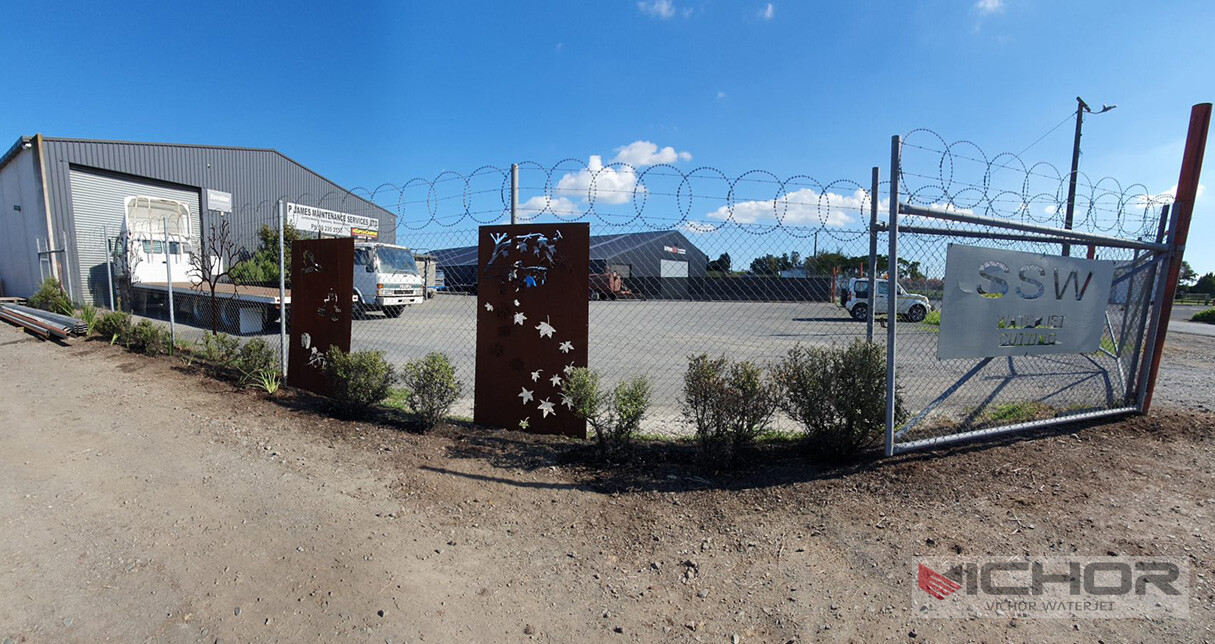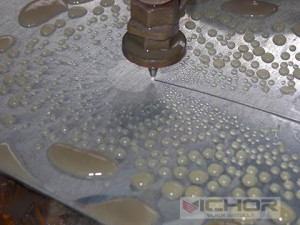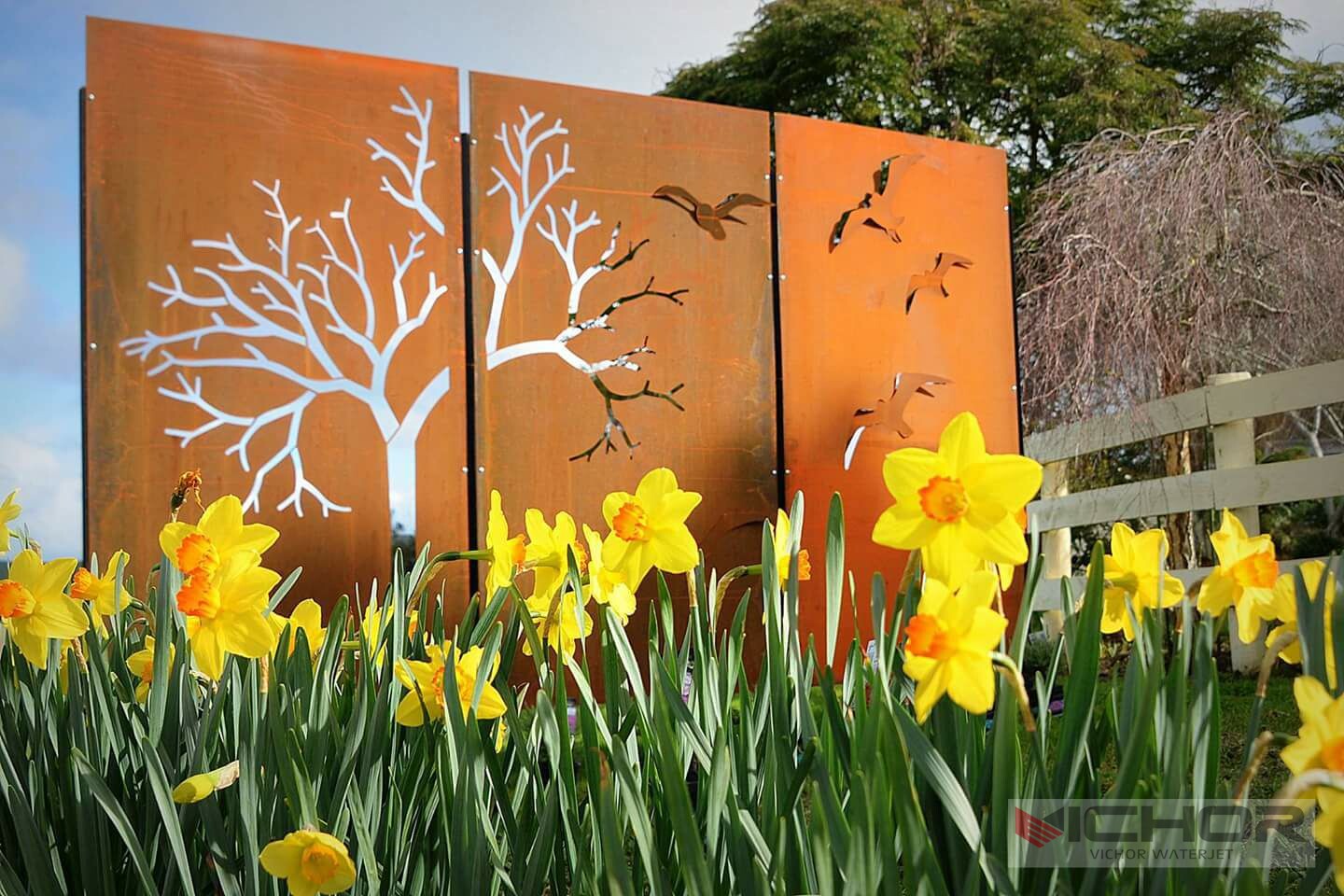
5x10 Waterjet Table: Your Comprehensive Guide to Capabilities, Benefits & Selection
The 5×10 waterjet table stands as a cornerstone in modern manufacturing and fabrication shops worldwide. Its specific dimensions – 5 feet by 10 feet (approximately 1.5 meters by 3 meters) – represent a sweet spot, offering significant material handling capacity without demanding an overwhelmingly large factory footprint. Whether you’re cutting intricate designs from stone, slicing through thick metals, or processing resilient composites, understanding the power and potential of a 5×10 waterjet table is crucial. This comprehensive guide delves into five key aspects that define this essential industrial workhorse.
1. Defining the Dimensions and Physical Footprint
The core specification, “5×10,” refers to the usable cutting area within the machine’s frame. This translates to a working envelope of 60 inches wide by 120 inches long (1524 mm x 3048 mm). This size is strategically chosen:
Material Efficiency: Accommodates standard sheet sizes prevalent in many industries. Common sheet goods like steel, aluminum, acrylic, stone slabs (many countertop blanks), and plastics often come in 4×8 ft or 5×10 ft dimensions. A 5×10 waterjet table allows for efficient nesting of parts directly on these full sheets, minimizing costly material waste compared to smaller tables that require cutting sheets down first.
Part Versatility: Provides ample space for cutting large single parts (e.g., architectural panels, large machinery components) or simultaneously nesting numerous smaller parts, significantly boosting productivity.
Footprint Considerations: While substantial, a 5×10 waterjet table remains manageable within most industrial environments. The total machine footprint, including the motion system, pump enclosure, and operator access, typically ranges from 12-15 ft wide by 18-22 ft long (3.6m – 4.6m wide x 5.5m – 6.7m long), depending on the specific model and pump integration. Careful factory layout planning is essential, but its size-to-capacity ratio is highly efficient.
The physical robustness of the 5×10 waterjet table frame is paramount. Heavy-duty welded steel construction ensures stability and rigidity, critical for maintaining precision during high-pressure cutting and rapid axis movements, especially when handling dense materials.
2. Material Handling Capabilities and Versatility
This is where the 5×10 waterjet table truly shines. Its cold-cutting process makes it uniquely capable of handling an astonishingly diverse range of materials without altering their intrinsic properties (no heat-affected zone):
Metals: From thin foils to massive blocks exceeding 8 inches (200mm+) thick. Steel (mild, tool, stainless), aluminum, brass, copper, titanium, inconel – all are precisely cuttable.
Stone & Tile: Granite, marble, quartz, slate, porcelain tile, engineered stone. Essential for countertops, architectural features, and intricate inlays.
Glass: Thick laminated glass, tempered glass (prior to tempering), stained glass, float glass for artistic and architectural applications.
Composites: Carbon fiber reinforced polymers (CFRP), fiberglass, Kevlar, abrasive honeycomb structures – cut cleanly without delamination or fraying.
Plastics & Rubber: Acrylic, polycarbonate, PVC, HDPE, UHMW, gasketing materials, rubber sheets – cut without melting or toxic fumes.
Exotics: Materials like tool steels, ceramics, and layered materials that are challenging or impossible for thermal processes.
The 5×10 waterjet table excels at complex geometries, sharp internal corners, and bevel cutting (with tilting head options), making it indispensable for prototyping, low-volume/high-mix production, and specialized part fabrication across aerospace, automotive, art & architecture, defense, and general job shops.
3. Precision, Accuracy, and Motion Control
Raw cutting power means little without precision. Modern 5×10 waterjet table systems achieve remarkable levels of accuracy, typically within +/- 0.003″ to +/- 0.005″ (0.076mm – 0.127mm) or better under optimal conditions. This precision is delivered by:
Advanced Motion Systems: High-precision, low-backlash linear motion components (linear guides, rack and pinion, or high-quality ball screws) driven by powerful servo motors. This ensures smooth, accurate, and repeatable movement of the cutting head across the large 5×10 area.
Robust Machine Control: Sophisticated CNC controllers (like those from Siemens, Fanuc, or proprietary systems) interpret complex CAD/CAM toolpaths, managing acceleration, deceleration, cornering algorithms, and dynamic height control (DHC) or automatic head height control (AHHC). DHC/AHHC is critical for maintaining the optimal standoff distance between the nozzle and the material surface, especially on warped or uneven stock, ensuring consistent cut quality and kerf width throughout the entire 5×10 sheet.
Tilt-A-Head Technology (Optional): Many 5×10 waterjet table configurations offer tilting cutting heads (A/J axis). This allows for precision bevel cutting (typically up to 45-60 degrees), essential for weld preparation and creating complex 3D contours from a single setup, adding immense value without needing secondary operations.
The rigidity of the 5×10 waterjet table frame is fundamental to this precision, preventing deflection during high-speed traverses or when cutting dense materials under immense water pressure.
4. Production Throughput and Efficiency
Maximizing output from a significant investment like a 5×10 waterjet table is paramount. Several factors contribute to its production efficiency:
Nesting Software: Powerful CAD/CAM nesting software is essential. It optimizes the arrangement of parts within the 5×10 ft area to minimize scrap material. Advanced nesting can handle complex shapes, common-line cutting (shared cuts between parts), and automatic lead-in/lead-out path generation, drastically improving material yield and reducing cutting time per sheet.
High-Pressure Pump Power: The heart of the system. Pumps rated at 60,000 PSI (4137 bar), 87,000 PSI (6000 bar), or even higher deliver the abrasive-laden water stream. Higher pressure generally translates to faster cutting speeds, especially in thicker or harder materials. Choosing the right pump HP (Horsepower) rating (e.g., 50HP, 75HP, 100HP+) is critical for balancing cutting speed requirements with operational costs (electricity, maintenance).
Rapid Traverse Speeds: Fast movement of the cutting head between cuts minimizes non-cutting time. Modern 5×10 waterjet table systems feature high rapid traverse speeds (often 1000+ IPM / 25 m/min) to zip across the large bed quickly.
Automation Integration: For high-volume production, 5×10 waterjet table systems can be integrated with automation:
Loading/Unloading Systems: Automated conveyors, gantry loaders, or robotic arms to move raw sheets onto the table and remove cut parts, enabling lights-out operation.
Abrasive Delivery Systems: Large, automated abrasive hoppers ensure continuous supply without operator intervention during long cuts.
Catch Tank Systems: Efficient removal of spent abrasive and water slurry is vital for continuous operation.
The combination of a large cutting area, powerful pump, optimized nesting, and potential automation makes the 5×10 waterjet table a highly productive solution.
5. Investment Considerations and Total Cost of Ownership (TCO)
Purchasing a 5×10 waterjet table is a major capital investment. Understanding the full cost picture is essential:
Initial Purchase Price: Varies significantly based on brand, pump type/power, motion system quality, control sophistication, tilting head option, and included features (software, basic automation). Expect a range from several hundred thousand dollars to well over a million dollars for top-tier, highly automated systems.
Operational Costs:
Electricity: High-pressure pumps are significant energy consumers. Higher HP pumps cut faster but use more power.
Abrasive: Garnet abrasive is the primary consumable. Consumption depends heavily on material type, thickness, and cut quality settings (higher quality = slower speed = more abrasive used per inch). Optimizing abrasive usage through nozzle selection and cutting parameters is crucial.
Water: While water is used, filtration and recycling systems significantly reduce consumption. Water treatment costs (filter changes, additives) are a factor.
Maintenance Parts: High-wear items include cutting nozzles (orifice, mixing tube), high-pressure seals, valves, and linear motion components. Regular preventative maintenance (PM) is vital for uptime and longevity.
Labor: Operator skill level impacts efficiency and consumable usage. Training is an investment.
Infrastructure Requirements:
Floor Space: Adequate space for the machine, pump, water tank, abrasive storage, material handling, and operator access is non-negotiable. Include space for forklift movement.
Power: Requires robust 3-phase electrical supply, potentially with high amperage. Transformer upgrades may be necessary.
Water Supply & Drainage: Access to water supply and appropriate drainage for the slurry is essential. Water recycling systems reduce this burden but require space and maintenance.
Foundations: A level, stable, and often reinforced concrete floor is critical to maintain the precision of the large 5×10 waterjet table frame and prevent settling.
Return on Investment (ROI): Justifying the investment requires a clear business case. Consider:
Increased capabilities (new materials, complex parts)
Reduced outsourcing costs
Improved material utilization (nesting)
Elimination of secondary operations (deburring, HAZ removal)
Faster turnaround times
Ability to win new contracts requiring waterjet cutting.
The 5×10 waterjet table is more than just a machine size; it represents a powerful and versatile standard in industrial cutting. Its balance of substantial cutting capacity (handling full-sized sheets efficiently), exceptional material versatility (cold-cutting virtually anything), high precision, and potential for significant production throughput makes it an invaluable asset. While the initial investment and operational costs demand careful consideration, the capabilities unlocked – from intricate artistic creations to mission-critical aerospace components – often deliver a compelling return on investment and a significant competitive edge. For any fabrication business serious about expanding its capabilities, improving quality, and tackling complex materials, investing in a robust and well-equipped 5×10 waterjet table is a strategic move toward future growth and success. Carefully evaluating your specific material needs, production volume, precision requirements, and available infrastructure will guide you to the optimal 5×10 waterjet table configuration for your shop.
continue reading



